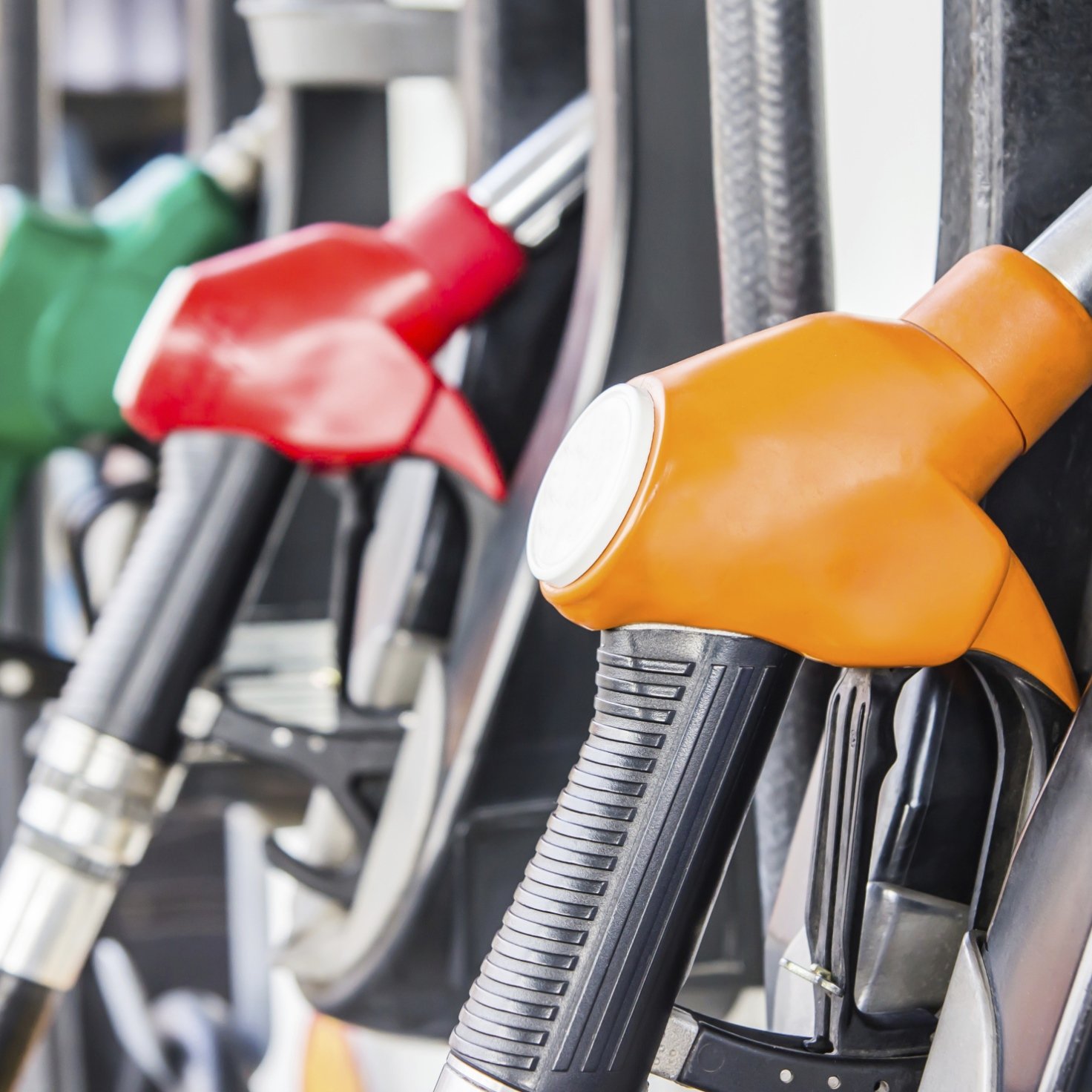Energy
US National Average Gasoline Price Surges Toward 3-Year High

Published:
Last Updated:

Seasonal factors continued to push U.S. retail gasoline prices higher last week. The national average price for a gallon of regular gasoline rose by four cents a gallon last week to an average of $2.66, according to the latest data from GasBuddy. Month over month, the price rose by more than 12 cents a gallon and are nearly 33 cents a gallon higher year over year. Last month the national average was $2.533, while the year-ago average was $2.331.
Falling crude oil inventories and rising prices for crude remained the rule for the week ended March 30. Other seasonal factors include scheduled maintenance, along with the switch from winter- to summer-grade fuel. Last week’s average was the highest in nearly three years.
As more seasonal maintenance begins at U.S. refineries over the next few weeks, utilization rates will decline and gasoline production will slip as well. U.S. crude oil inventories are about 104 million barrels below their levels of a year ago.
Patrick DeHaan, head of petroleum analysis at GasBuddy, said:
As the basketball version of March Madness wraps up today, it is just getting established at gas pumps across the country. This past week has not only brought higher gas prices but, in addition, the national average finds itself mere days away from rising to the highest level seen in nearly 1,000 days. The usual suspects are at play, leaving little surprise to the higher prices we’re facing, but that’s little comfort to motorists being hit with gas prices in 17 states that have risen over 15 cents per gallon in the last 30 days alone. Think of the spring surge as a bit of a race — some states will see their price rally early and fast-paced, while others may lag behind — so no matter if prices near you surged or haven’t yet, we’re all going to eventually feel a similar rise amongst all states.
According to GasBuddy, states where prices moved most last week were: Utah (up 10 cents); Indiana (up eight cents); Florida, Michigan, New Mexico, Pennsylvania and Idaho (up seven cents); Georgia and Maine (up six cents); and New Hampshire (up five cents).
States with the lowest average prices last week included: Missouri ($2.37); Arkansas ($2.38); Oklahoma ($2.40); Texas ($2.42); Wyoming and Alabama ($2.43); Louisiana and South Carolina ($2.44); and Kansas ($2.46).
The highest average prices per gallon last week were reported from California ($3.50); Hawaii ($3.46); Washington ($3.16); Alaska ($3.08); Oregon ($3.04); Nevada ($3.01); Pennsylvania ($2.87); Michigan ($2.77); and Idaho and New York ($2.76).
West Texas Intermediate crude oil for May delivery traded down about 2.6% Monday afternoon at $63.28, while Brent for May delivery traded at $67.97. The price differential (spread) between WTI and Brent crude rose by two cents to $4.69 a barrel week over week.
A financial advisor can help you understand the advantages and disadvantages of investment properties. Finding a qualified financial advisor doesn’t have to be hard. SmartAsset’s free tool matches you with up to three financial advisors who serve your area, and you can interview your advisor matches at no cost to decide which one is right for you. If you’re ready to find an advisor who can help you achieve your financial goals, get started now.
Investing in real estate can diversify your portfolio. But expanding your horizons may add additional costs. If you’re an investor looking to minimize expenses, consider checking out online brokerages. They often offer low investment fees, helping you maximize your profit.
Thank you for reading! Have some feedback for us?
Contact the 24/7 Wall St. editorial team.